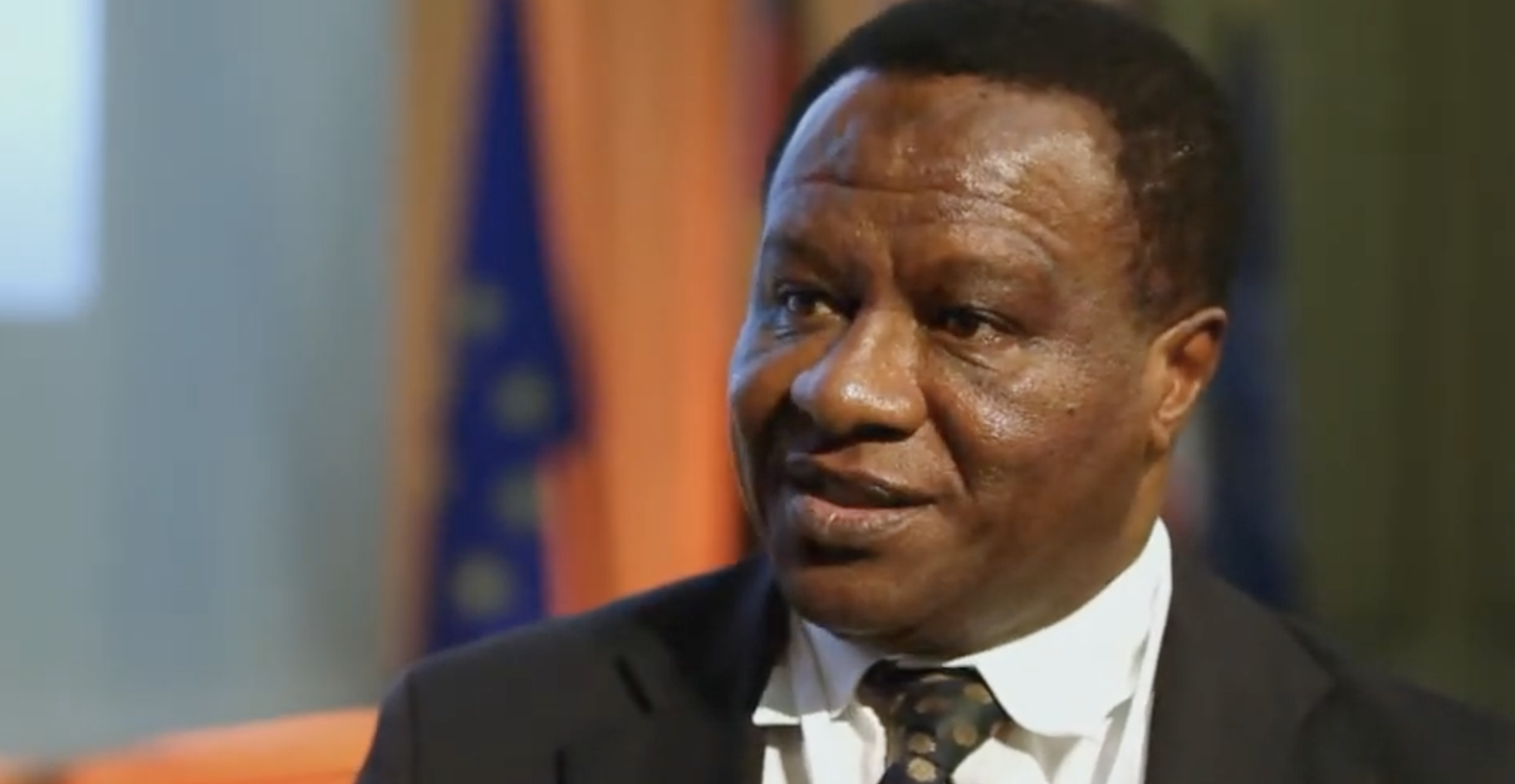
May 3, 2025
According to Dr. Hassan Mshinda, the steward of the TangaYetu Initiative, a part of Fondation Botnar’s global OurCity program, a transformative movement is taking shape in the bustling coastal city of Tanga, Tanzania. The initiative is reimagining urban development by placing youth health and wellbeing at its core and fostering collaboration between local government and young people to address the challenges of rapid urbanisation.
Dr. Mshinda, who serves as CEO of HD Consulting and Fondation Botnar’s representative in Tanzania, brings a wealth of experience to this mission. His previous role at the Tanzania Commission for Science and Technology, where he spearheaded the creation of a national innovation ecosystem, ignited his passion for empowering youth. “My mandate was to find a secondary city where Fondation Botnar could invest to improve the health and wellbeing of young people,” Mshinda explains. Tanga, with its youthful population—over 70% under 35—and its rapid urban growth, emerged as the ideal choice.
Launched in 2019, TangaYetu works to create a city ecosystem that supports young people’s rights and aspirations. Rather than imposing solutions, the initiative prioritizes understanding the needs and priorities of Tanga’s youth. “We worked through the government system to mobilize youth, to understand what they need and what opportunities exist,” Mshinda says. This approach has led to impactful projects, including Tanzania’s first STEM park, which has reached over 30,000 students, and the TangaYetu Observatory, a UN-Habitat-certified platform for data-driven decision-making.
Building trust has been the cornerstone of TangaYetu’s success. Mshinda emphasizes that the initiative took time to integrate with the Tanga City Council, becoming “part and parcel of the team” before launching major projects. “Trust is the most important asset we have managed to build in Tanga,” he notes. This trust has fostered strong partnerships, enabling collaboration with local government, NGOs, and youth organizations like ProjektInspire and Tanzania Bora Initiative.
However, working with youth and local government presents challenges. Mshinda acknowledges that engaging young people can be complex, as some initially attend meetings for short-term financial incentives or social connections. Over time, TangaYetu has identified and nurtured those genuinely committed to the initiative’s goals. Navigating local politics also requires finesse, as Mshinda diplomatically manages influences while maintaining the program’s focus on youth empowerment.
The OurCity initiative’s strength lies in its collaborative mindset. Unlike other programs that compete for recognition, TangaYetu embraces multistakeholder partnerships, both within Tanzania and globally. “We don’t want to carry our flags,” Mshinda says. “As long as we share the objective of improving the wellbeing of young people, we’re open to collaboration.” This approach has led to innovative projects, such as the renovation of Jamhuri Park, where youth co-designed a vibrant space that supports local entrepreneurship, and training programs in agribusiness and digital skills that empower young people to start their own ventures.
TangaYetu’s impact is evident in its numbers: it has reached over 113,000 people, 80% of whom are children and youth. From providing 4,090 desks to primary schools to training 100 youths in crab farming for the blue economy, the initiative is creating tangible opportunities. As Tanga grows, with projections estimating Tanzania’s urban population will reach 45 million by 2030, TangaYetu offers a model for sustainable, youth-centered urban development.
For Dr. Mshinda, the mission is personal. “If a city truly listens to its young people, it can rebuild itself from the inside out,” he says. Through trust, collaboration, and a relentless focus on youth, TangaYetu is proving that Tanga’s future is bright—and in the hands of its young people.
